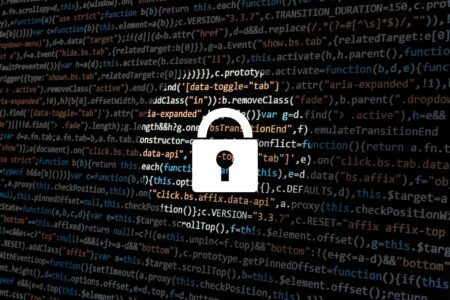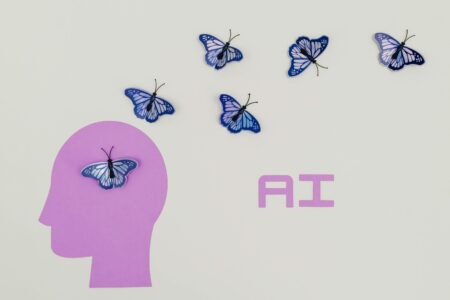It was a reasonable death. He was 90 and took the inevitable final turn in late March. “I think this is it,” my brother said from the nursing home. “They brought in the snack cart.”
I went to Baltimore and fished a ginger ale out of a bowl of melting ice and sat by the bed. My father, dying, came in and out of stillness. He couldn’t hear well, so my brother and I yelled a stream of non sequiturs: “Remember when you ran that marathon?” “Ivy is doing a ballet recital!” “We love you!” I reminded him that he had wanted me to put all his writing online. “I’m going to do that!” I said. He looked straight at me—a last moment of connection—and brightly lit up. “That’s great!” he said. (Or something along those lines. His teeth were in the bathroom.)
Dad wrote opaque, elliptical, experimental works of enormous profanity. One of his plays was produced with fanfare in the 1970s, and many poems were published here and there, but most of the manuscripts were returned with polite rejections. He came of age, though, in an era of great writers writing greatly. You stuck to your guns and waited for people to figure you out, and if they didn’t, even after decades—their effing loss, buddy. The upshot was 70 years of writing on crumbling yellow onionskin, dot-matrix prints with the tractor feeds still attached, and bright white laser output, along with more than 10,000 ancient WordPerfect files and blog entries, including many repeats. Now all mine to archive.
I thought, briefly, about just not doing it. What could he say? What could anyone say? It wasn’t as though the internet was clamoring for the papers of a little-known English professor who retired in the mid-1980s. But a friend who’s a classics scholar told me that this is exactly the stuff people should be digitizing. Vellums and parchments will survive another 1,000 years. We should save the ephemeral before it is lost. What was more ephemeral than this? Plus: A promise is a promise.
So one night I tore the tape off the boxes. I made a “Frank” folder on my computer’s desktop and got out my sheet-fed scanner, usually reserved for taxes. My father and I had spent maybe 10 days together in the previous two decades, funerals included. This would be the most we’d hung out in years.
There are good and correct ways to digitize an archive, according to the Library of Congress. The guidelines make for soothing reading: A diligent archivist might capture uncompressed 24-bit color TIFFs at 600 DPI, filling up disk space with every detail on every page, just in case some secret of the universe is scribbled in a margin. The goal is to be as lossless as possible. Preserve every pixel of that medieval manuscript.
But it is lossy compression that makes the world go round—Spotify songs and Netflix shows and JPEG images. The algorithms strip away some of the original file’s audio frequencies or color spectra, anything on the margins, and squeeze down what is left into a simulacrum good enough to get the job done.
Read the full article here








